I have two ordered arrays of x(xcor) and y(ycor) values. Joining the first and last points gives a line. I want to compute the perpendicular distances of all points from this line. This is similar to least square distance. Is there a direct way to do this in matlab?
Please also note that sign of the distance should represent the side on the points lie of the line.

xy =
-121.9067 -53.5483
-122.0750 -53.5475
-122.4750 -53.5243
-123.0975 -53.4835
-123.9050 -53.4168
-124.8050 -53.3235
-125.7025 -53.2467
-126.5675 -53.1800
-127.3825 -53.1215
-128.1500 -53.0798
-128.8825 -53.0468
-129.6000 -53.0452
-130.3150 -53.1133
-131.0400 -53.2532
-131.7850 -53.4513
-132.5525 -53.6877
-133.3425 -53.9345
-134.1600 -54.1758
-135.0075 -54.4115
-135.8675 -54.6480
-136.7375 -54.9040
-137.5075 -55.2635
-138.1875 -55.7435
-138.7775 -56.3333
-139.2850 -57.0665
-139.8450 -57.9285
-140.4550 -58.9492
-141.1575 -60.0988
-141.9825 -61.3415
-142.9275 -62.6172
-144.0050 -63.8517
-145.2125 -65.0523
-146.5450 -66.1715
-147.9950 -67.1727
-149.5575 -68.0570
-151.2225 -68.8152
-152.9925 -69.4493
-154.8625 -69.9500
-156.8300 -70.3063
-158.8700 -70.5280
-160.9050 -70.6017
-162.8550 -70.6287
-164.6525 -70.7372
-165.5367 -70.7550
-166.3450 -70.8620
